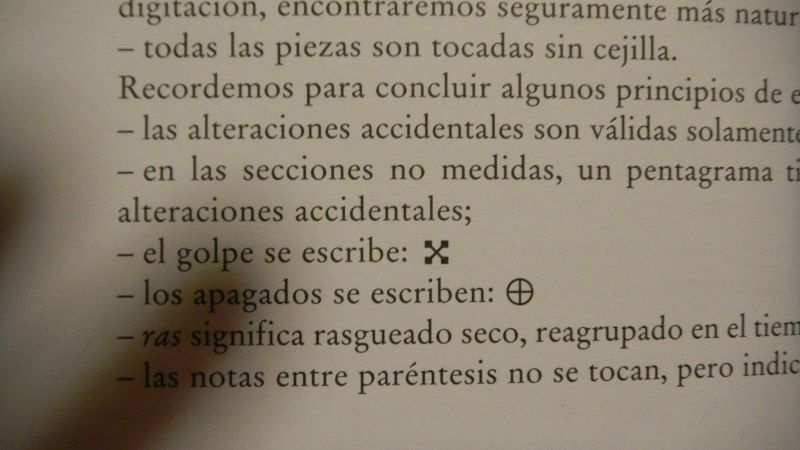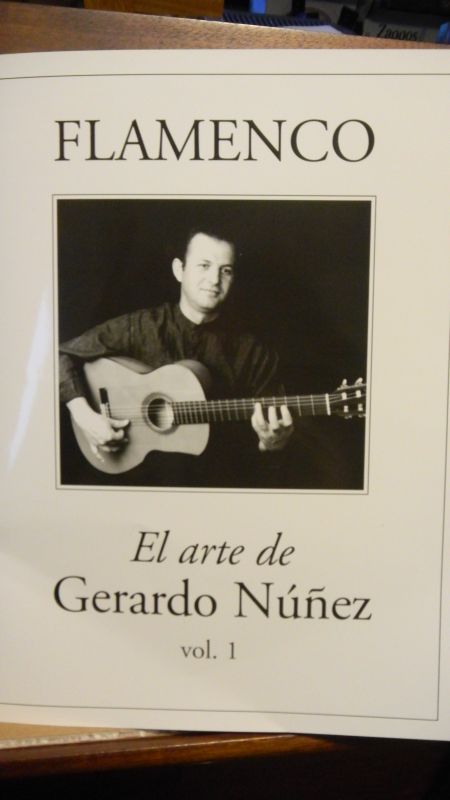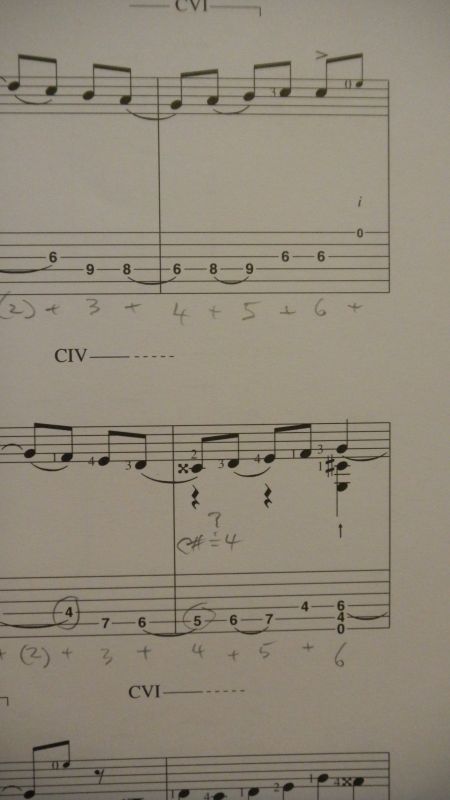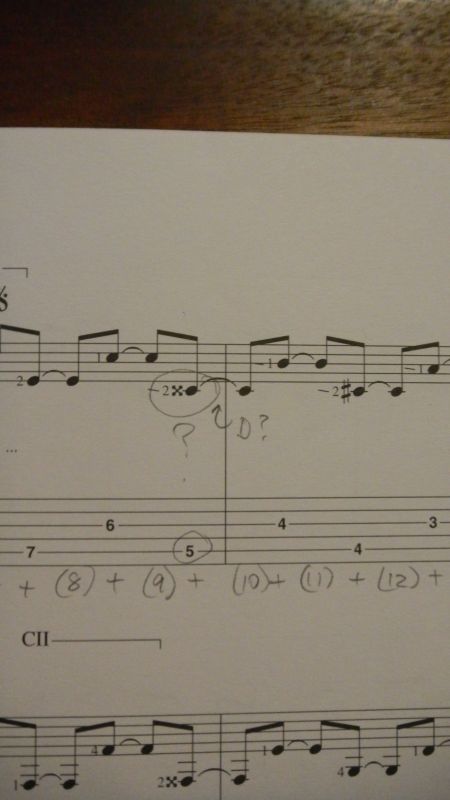|
Ricardo -> RE: Jucal Transcription by Alain Faucher (Oct. 2 2013 13:11:47)
|
quote:
ORIGINAL: constructordeguitarras
This is what I was talking about. Didn't mean to start a war.[:D]

Making the best out of available symbols. There is no standard for notating flamenco techniques, but for standard notation there is. Anyway, Faucher is really good, probably the best around, but I noticed something funny years ago. He puts little tiny mistakes, I believe on purpose, in order to catch plagerizers. The mistakes are always compas issues, the kind that any good player or reader could spot, and subtle enough that if you DO spot them, you can easily fix them when you play. Jucal is no exception, and the small mistakes occur in two spots.
First page 39 bottom entire system (actually the measure before the rasgueado should continue to beat 11, not stop on 10), needs to shift to the right a half beat, the triplets should be expressed as galloped 16ths (8th and 2 16ths not triplets), and the last arpegio also should shift a full beat to the right. Next page back on track.
Next page 45, second system all the way to count 6 at the bottom of the page. needs to shift a full beat to the right again (the D# chord on count 12 is correct however)....the last note (F double sharp) needs to land a half beat before count 6 (the D natural on last measure of 3rd system also needs to be an 8th note and pull back half a beat all the rest of the phrase).
Considering the razor sharp accuracy of the rest of the piece, these little spots seem really really odd to me. Knowing that he has these odd little errors in most of his transcriptions, I believe they are deliberate. He accused Encuentro of stealing his works, and I indeed noticed that they copied some of his errors....like cheating on a test in school and getting the exact same things correct and wrong. Regardless, I do recommend both his work AND encuentro for serious students.
Ricardo
Images are resized automatically to a maximum width of 800px
|
|
|
|




